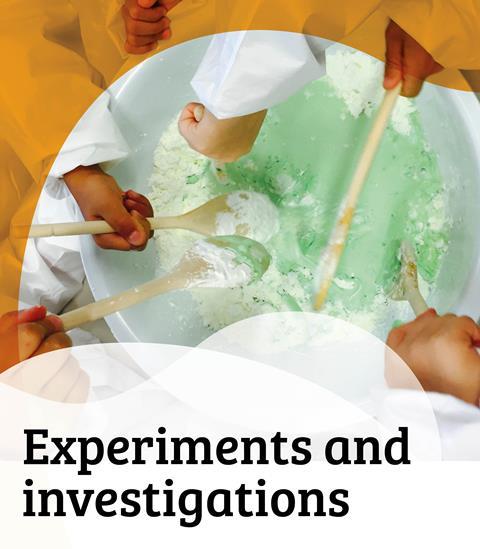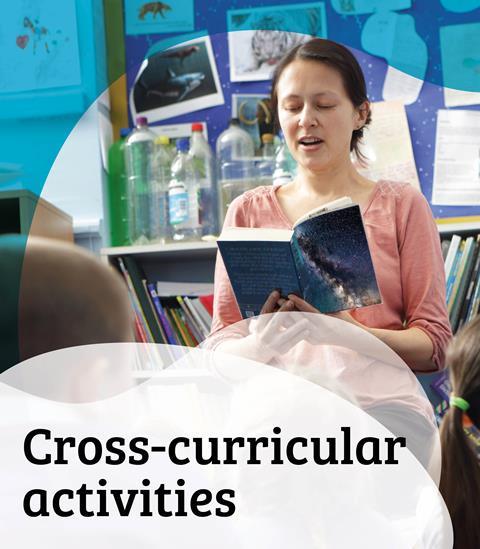The ‘heating and cooling materials’ chapter from That’s Chemistry! This chapter looks at key ideas and activities that can be used to help students learn how the properties of some materials change when they are heated, and that some of these changes are irreversible
These PDFs have been taken from the popular book, That’s Chemistry! compiled by Jan Rees.
This book covers key ideas of physical science that primary students learn about, as well as giving numerous suggestions of activities, demonstrations and investigations that can be used to enhance students’ learning.
If you teach primary science, see the headings below to find out how to use this resource:
Skill development
Children will develop their working scientifically skills by:
- Asking their own questions about scientific phenomena.
- Selecting and planning the most appropriate ways to answer questions, including:
- Researching using a wide range of secondary sources of information.
- Grouping and classifying.
- Carrying out comparative and fair tests.
- Recording and presenting data and results, using scientific diagrams and labels, classification keys, tables, scatter graphs, bar and line graphs.
- Drawing conclusions and raising further questions to be investigated, based on their data and observations.
- Using appropriate scientific language and ideas to explain, evaluate and communicate their methods and findings.
Learning outcomes
Children will:
- Explain that some changes result in the formation of new materials, and that this kind of change is not usually reversible.
- This includes burning and reacting acid with bicarbonate of soda.
- Demonstrate that changes of state are reversible changes.
- Observe that some materials change state when they are heated or cooled, and measure or research the temperatures that these changes occur.
Concepts supported
Children will learn:
What is meant by the terms reversible and irreversible change, and be able to provide examples of both.
That changes of state can occur when materials are heated or cooled, and that these changes are often reversible.
Suggested activity use
This resource can be used as a long-term planning tool, where you can map out different activities to build and embed children’s understanding of reversible and irreversible changes, and the effects that heating and cooling can have on different materials, through practical experiences. The resource provides plenty of opportunities for whole-class and group work.
Practical considerations
You will need to be clear about what you expect children to learn as a result of carrying out the different experiments.
Downloads
Heating and cooling materials
Tutorial | PDF, Size 16.42 mbBibliography and teachers resources
Tutorial | PDF, Size 2.53 mb
Websites
Additional information
That’s Chemistry!
- 1
- 2
- 3
- 4
- 5
- 6
- 7
- 8
- 9
- 10
- 11
 Currently reading
Currently readingHeating and cooling materials
- 12
- 13





















No comments yet